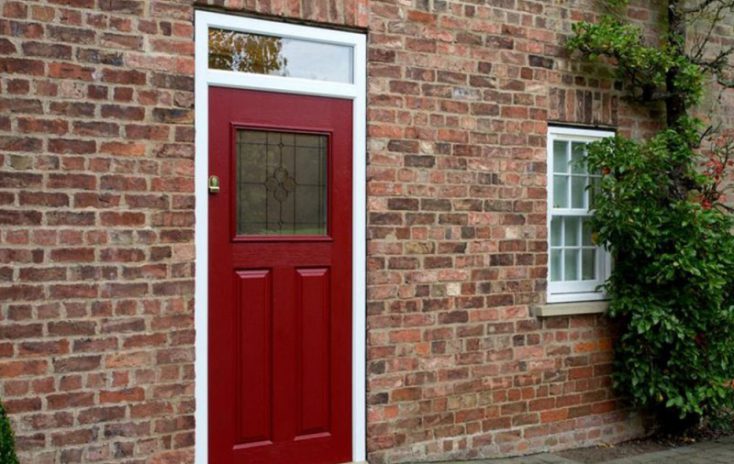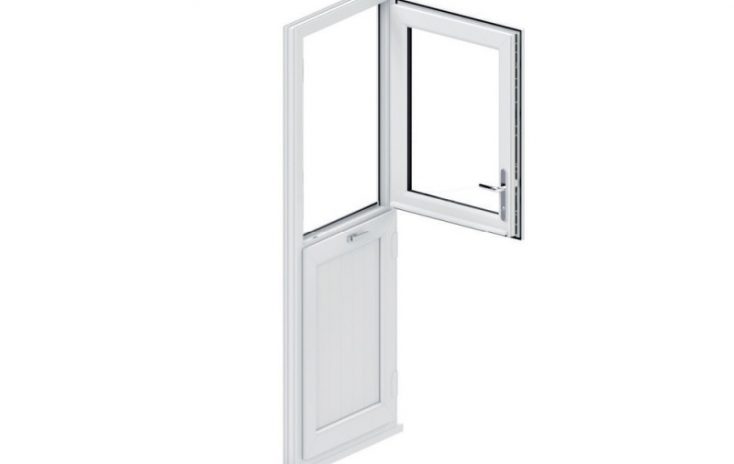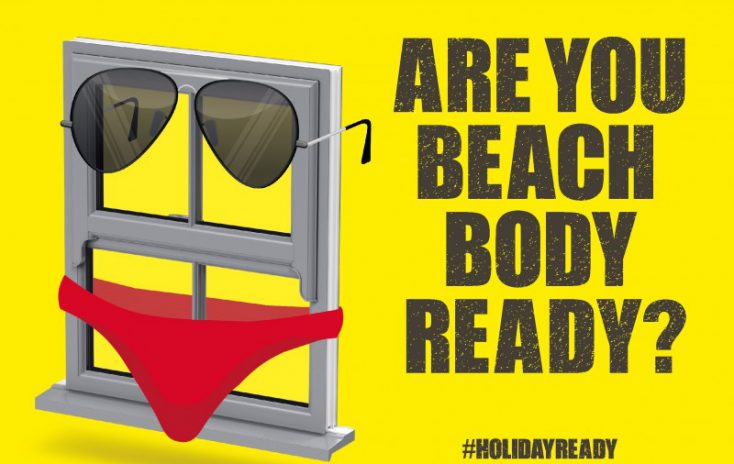Understanding the various ratings applied to windows and doors can leave a lot of homeowners confused. Generally, when a potential customer sees a high overall energy rating, they’ll believe that it means the window is great in every category.
However, a windows energy rating is comprised of several different measurements. Including the solar factor, air leakage and thermal transmittance. In this article, we’ll be taking a look at thermal transmittance, more commonly known as U-Value. Plus, the key information you need to know to keep your customer informed.
What is a U-Factor?
The U-Factor of a window (or thermal transmittance), is a measure of the rate at which heat transfers through the window itself. We measure this using three main factors, which we will later cover.
Generally, the lower the U-Value of a window the better. Low U-Values indicate that a window will perform well in maintaining the indoor temperature of a customer’s home. Recently building regulations have changed, meaning that new windows must have a u-Value below 1.6 W/m2k.
We’re proud to say that our liniar profile system achieves a u-Value of 0.9 W/m2k.
How do Window U-Value measurements differ from other surfaces?
For windows, there are some specifics that differ when making U-Value measurements compared to other surfaces, these include:
- Ug Value = Which measures the thermal performance of the glass.
- Uf Value = Indicates the thermal performance of the window frame.
- PSIG = Which indicates the thermal performance of the frame spacers.
These factors combined give you the final U-Value of your window.
Are low U-Values always positive?
Whilst new buildings are required to have a u-Value of 1.6 W/m2k or lower, there are some cases in which a low U-value may not be ideal. This is generally only an issue in hotter climates, however, where warmer air needs to escape the home in order to prevent overheating.
The same could also be said for conservatories. If you were, for example, to have a conservatory without windows that open, the heat buildup in summer could become a problem. Therefore, we always recommend our clients select windows that provide them with greater flexibility throughout the seasons.
TruFrame windows provide a fantastic u-Value rating of 0.9 W/m2k, making our windows incredibly efficient. Partnering with a window supplier who is dedicated to providing not only stunningly beautiful and secure windows but also amazingly efficient, helps our clients win jobs. And impress when they do.
For more information about becoming a TruFrame installer, get in touch. Or follow our blog for the latest industry news.



